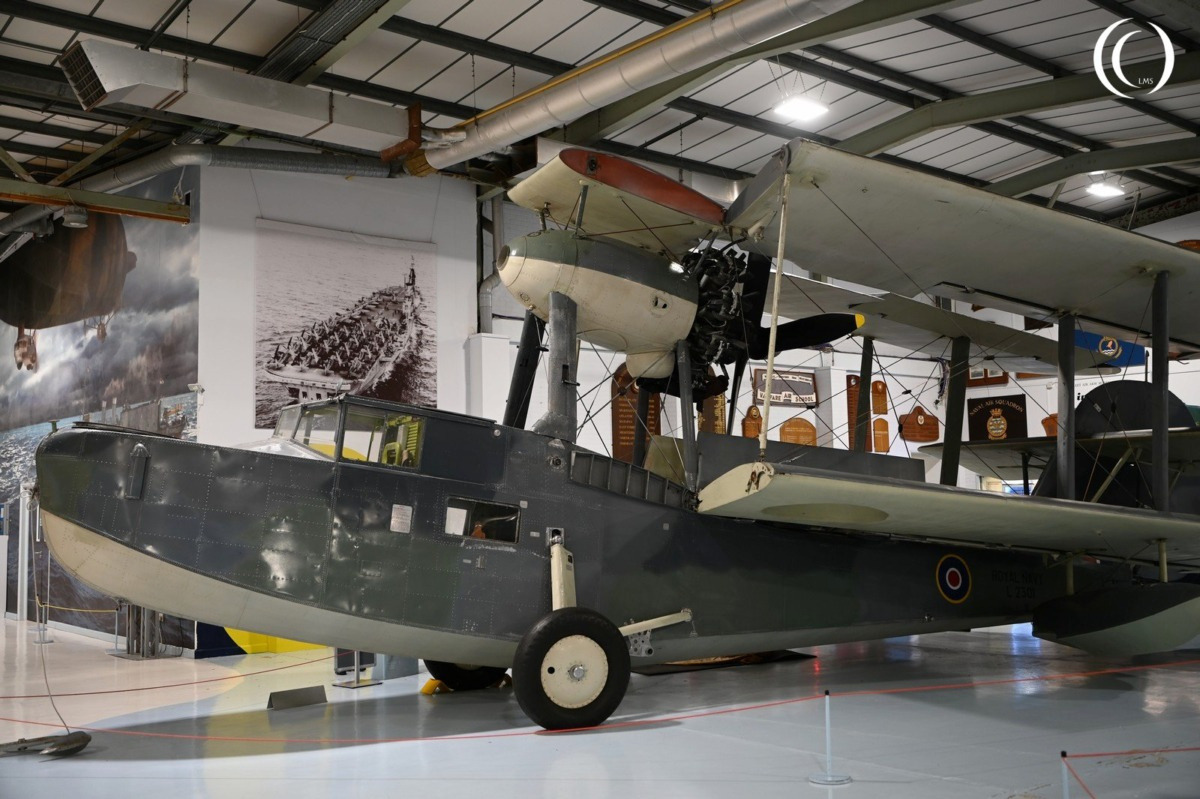
The Supermarine Walrus was a versatile British amphibious aircraft developed in the early 1930s, designed by R.J. Mitchell, the famed engineer behind the Supermarine Spitfire. Unlike the sleek, high-performance fighters he would later create, the Walrus was a rugged, workhorse of an aircraft—built for reliability over style. It played a crucial role in reconnaissance, air-sea rescue, and naval cooperation duties throughout the 1930s and World War II.
First flown in 1933 and entering service in 1935, the Walrus was an amphibious biplane with a unique design. It featured a pusher configuration—its single Bristol Pegasus radial engine was mounted between the wings, driving a four-bladed propeller from behind. This layout improved forward visibility for the crew and prevented water spray from entering the engine during takeoff and landing on water. The aircraft had a central boat-like hull, with stabilizing sponsons for water operations and retractable undercarriage for land use. Its wings could also fold for storage on ships, making it ideally suited to naval operations.

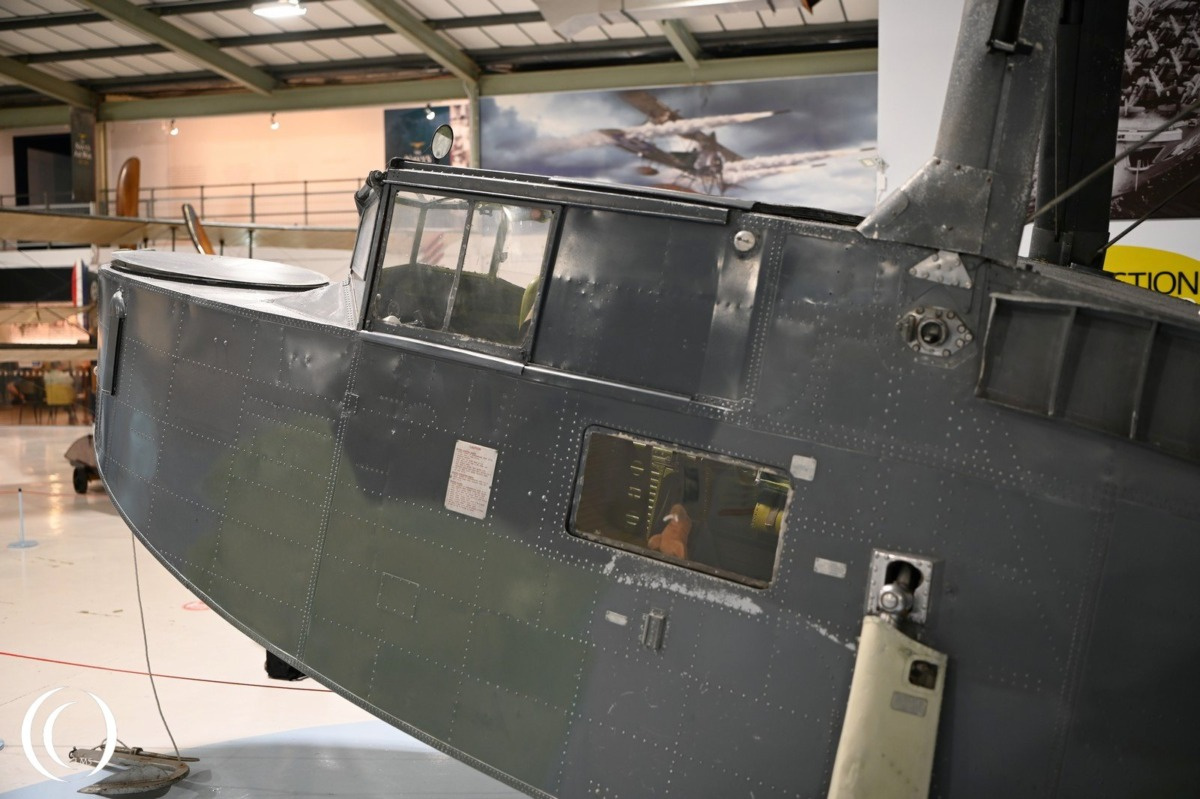
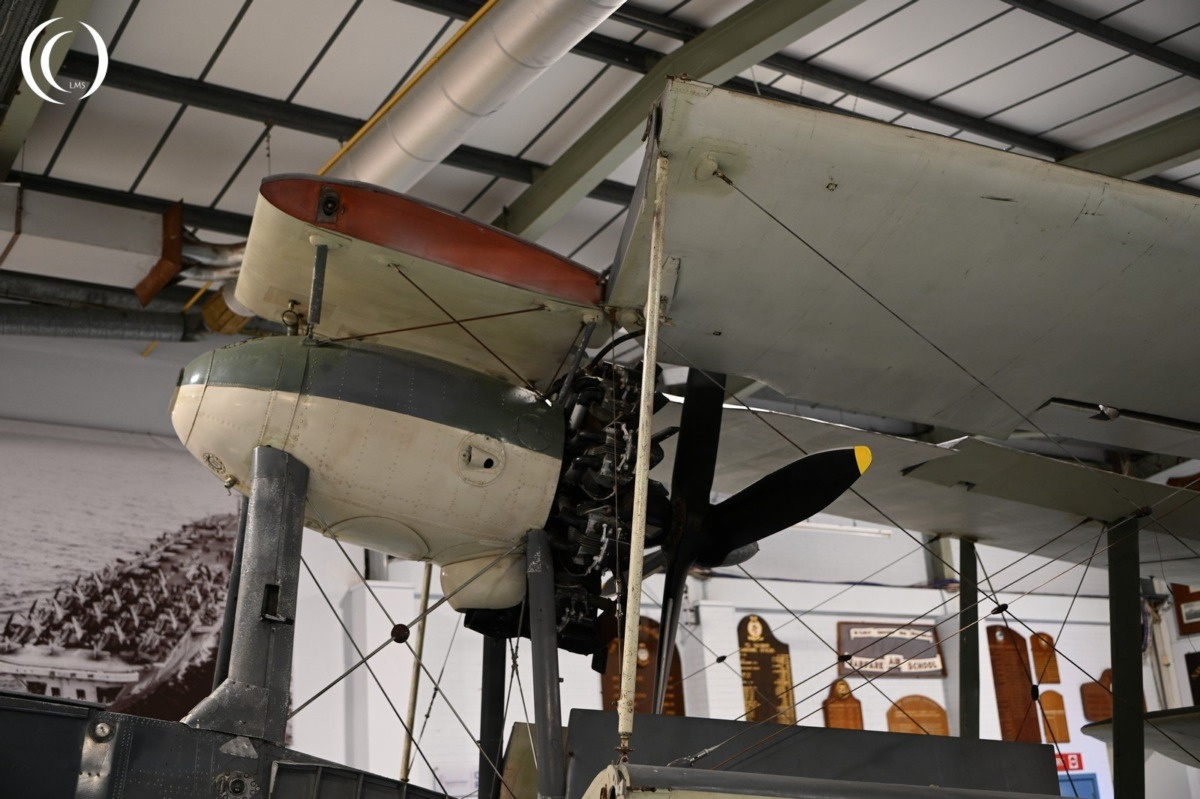
The Walrus typically carried a crew of three or four: a pilot, a wireless operator, and one or two gunners. It was armed with two .303-inch Vickers K machine guns—one in the open nose turret and another amidships. It could carry up to 760 lbs (345 kg) of bombs or depth charges, making it suitable for anti-submarine patrols and light attack missions.
Initially introduced as a fleet spotter-reconnaissance aircraft, the Walrus was launched from warships by catapult, usually from cruisers or battleships. Once airborne, it could perform spotting duties for naval gunfire or carry out reconnaissance. After completing a mission, the aircraft would land near its ship and be hoisted back aboard using a crane. Though never fast or glamorous, it was known for its durability, stability, and sea-handling characteristics, earning it the respect of pilots and sailors alike.
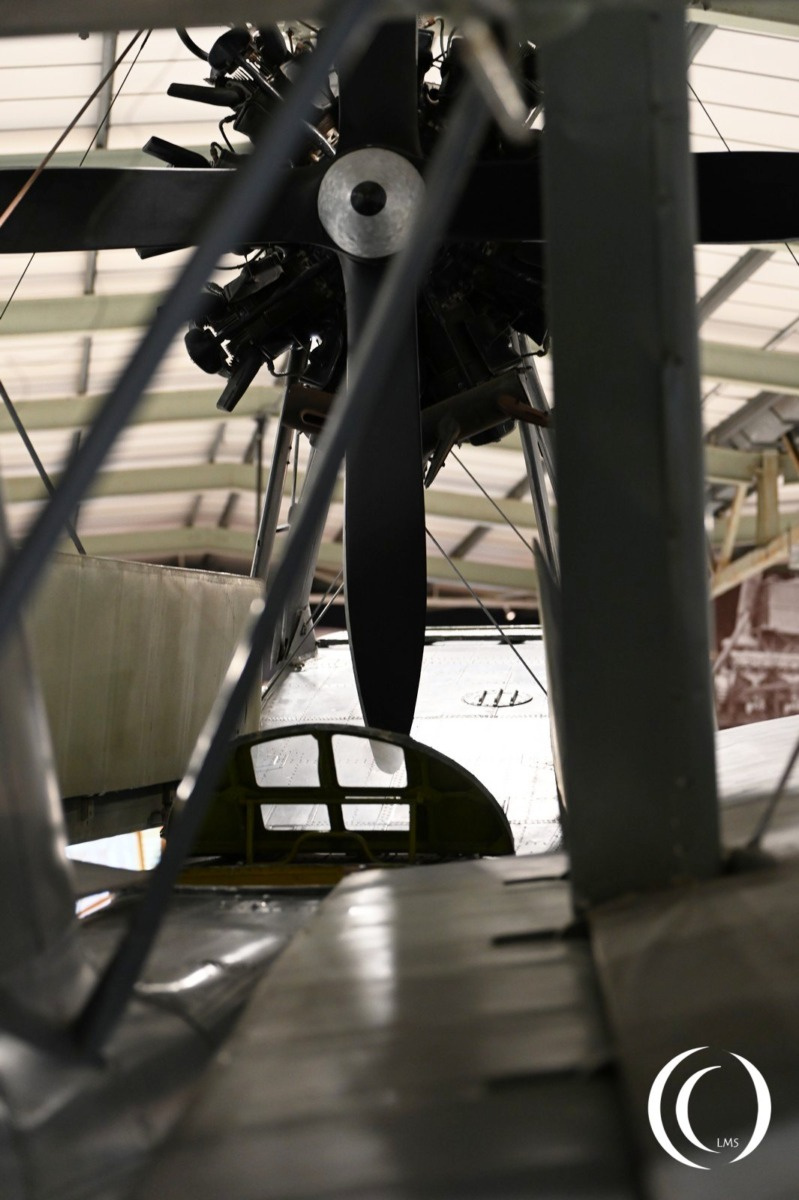
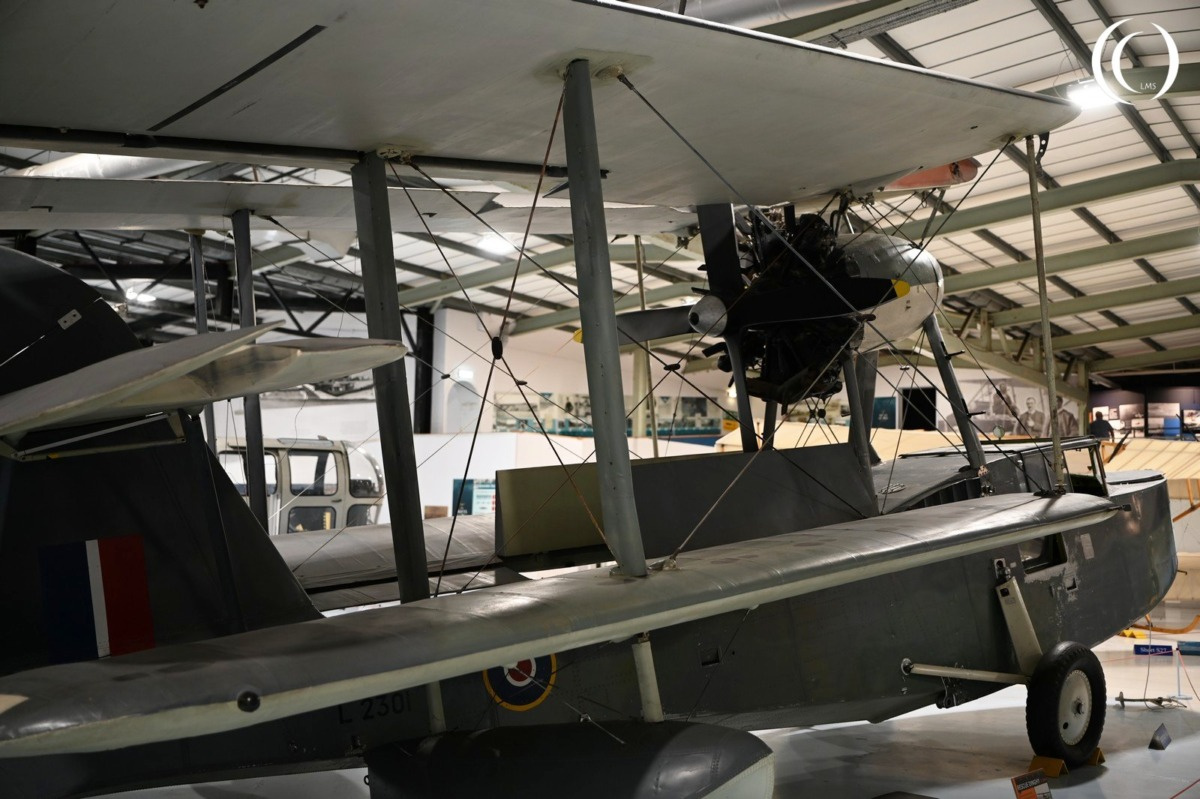
One of the Walrus’s most celebrated roles was in air-sea rescue (ASR). From 1940 onward, it was used extensively by the Royal Air Force and Royal Navy to retrieve downed pilots from the sea. In this “Dumbo” role, the Walrus saved hundreds of lives, often operating from remote coastal airfields or even straight from the sea. Its ability to land in relatively rough water conditions and remain airborne for several hours made it ideal for this critical task.
Though outclassed by newer aircraft as the war progressed, the Walrus remained in service throughout World War II. Over 740 aircraft were built, including license production by Saunders-Roe. Post-war, it continued in limited service, particularly in Commonwealth countries, and was even used in the Antarctic.
In summary, the Supermarine Walrus was a slow, utilitarian aircraft, but it proved itself invaluable in multiple roles—especially rescue and reconnaissance. Its odd appearance belied a tough, seaworthy design that served the Royal Navy and other forces with distinction across oceans and battlefronts. Today, a few examples survive in museums, standing as reminders of a uniquely capable amphibian that quietly made a big impact.
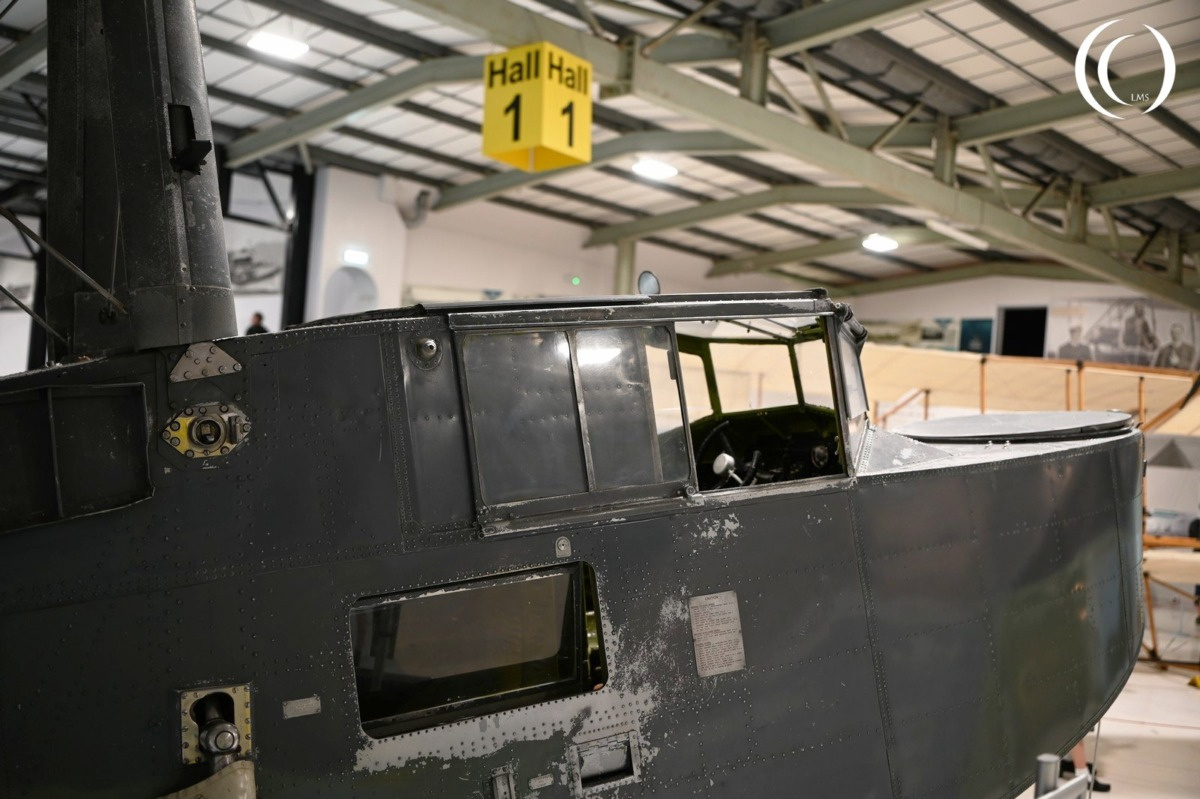
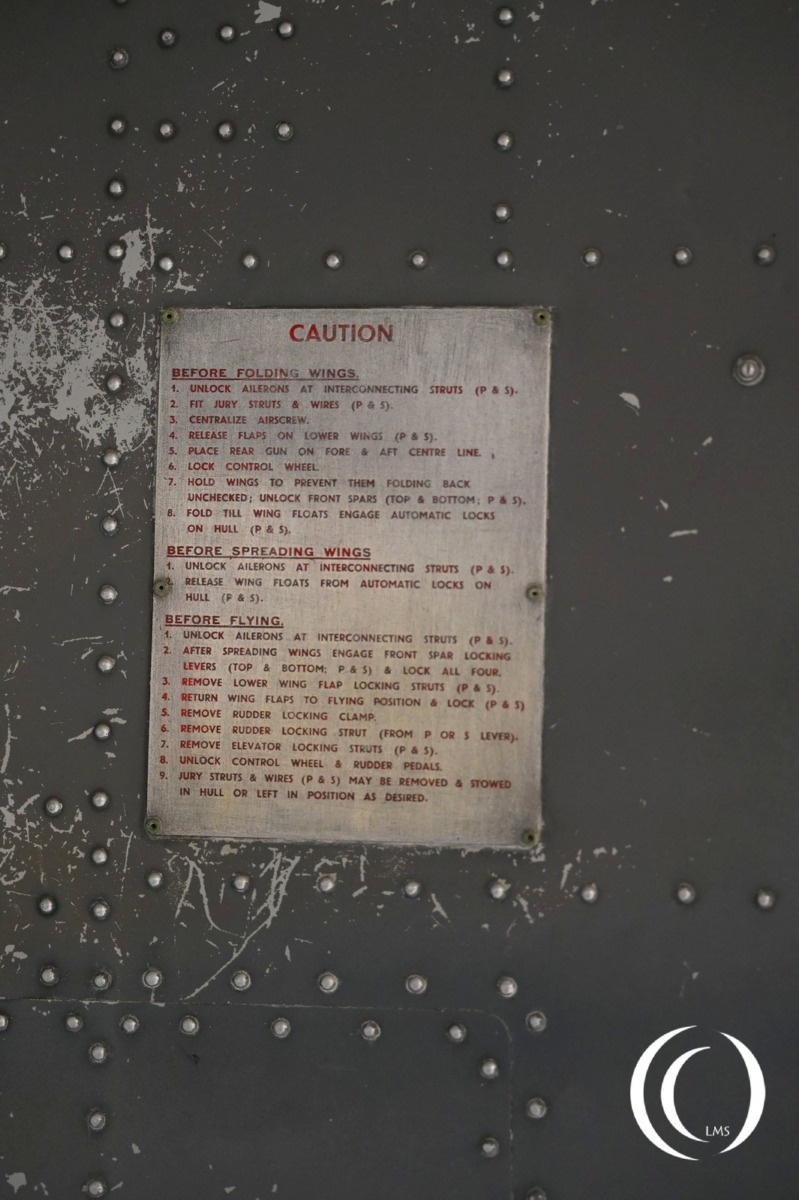
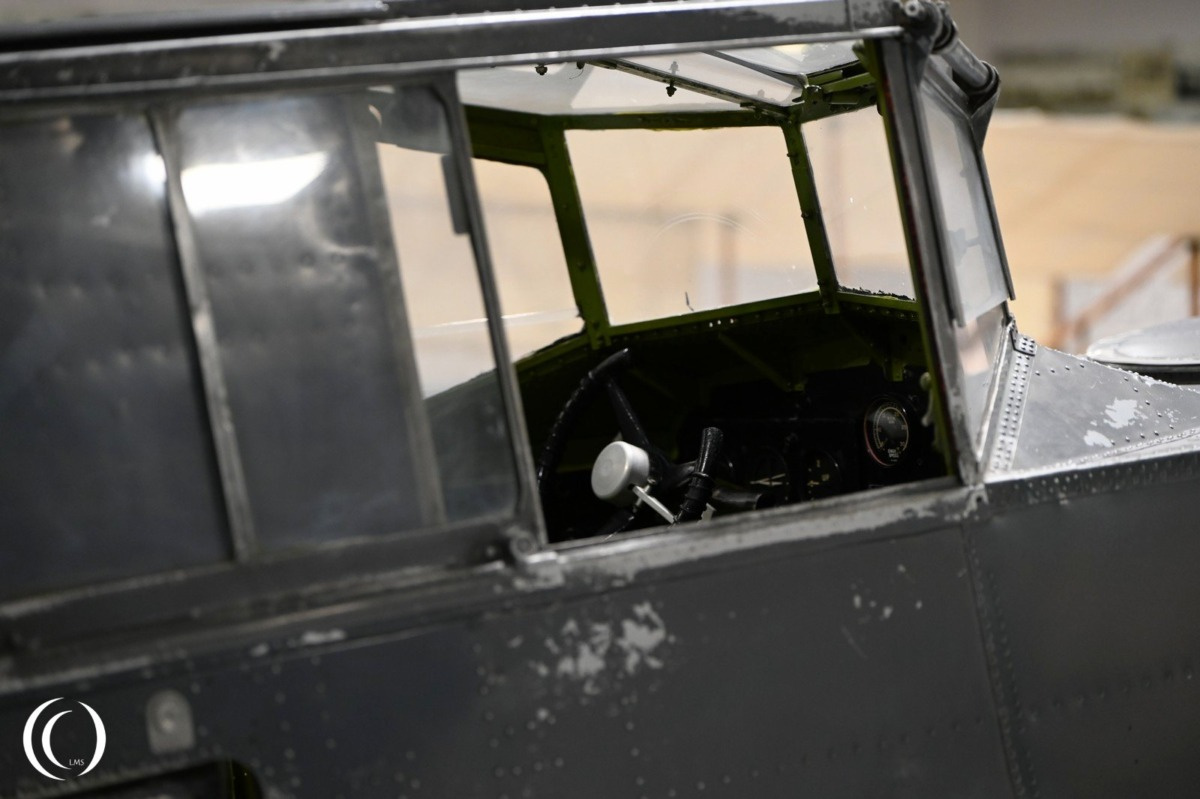
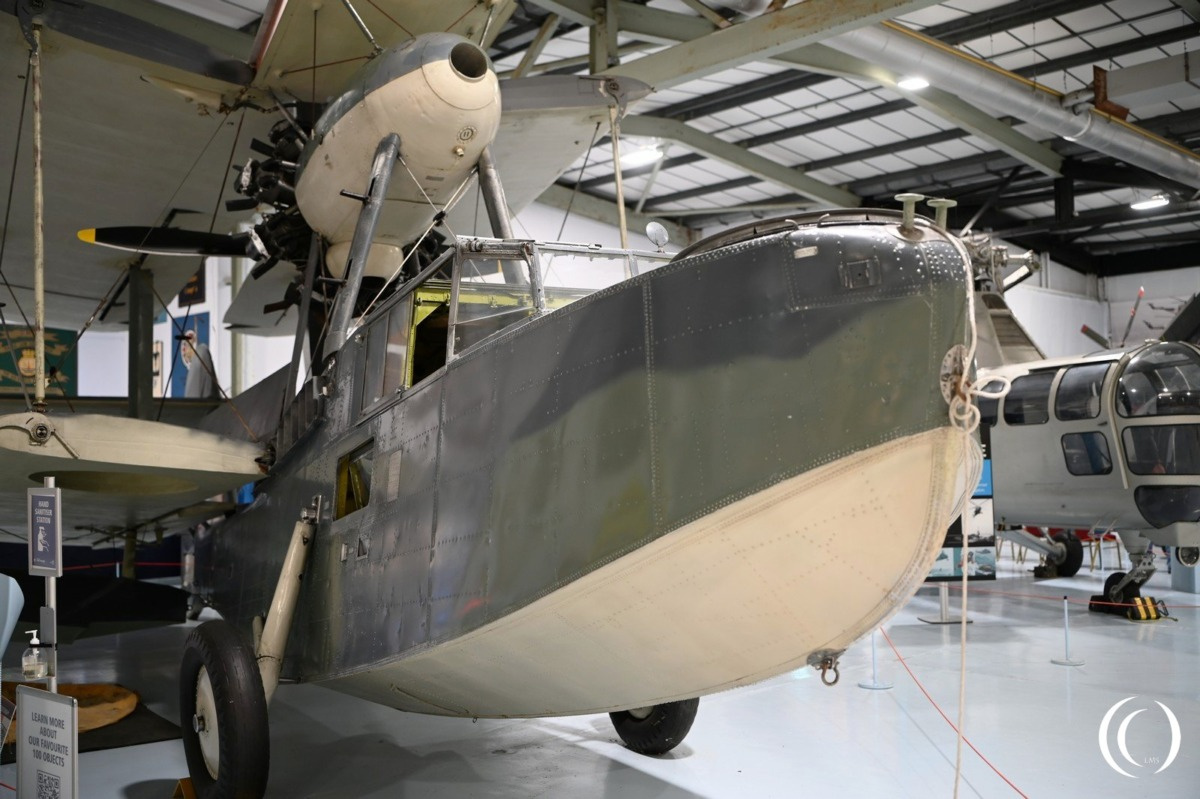
Technical Specifications Walrus Mk. I
Mentioned before the Walrus was manufactured by the Supermarine Aviation Works as an amphibious reconnaissance biplane. It had a crew: 3 or 4, a pilot, observer, wireless operator/gunner. Its length is 37 ft 7 in (11.46 m), it has a wingspan of 45 ft 10 in (13.97 m) and a height of 15 ft 3 in (4.65 m). The Supermarine Walrus was powered by a Bristol Pegasus VI radial engine with 775 hp giving it a maximum speed of 135 mph (217 km/h) at 4,300 ft (1,311 m) – cruising speed was between 95 to 105 mph (153–169 km/h), its range was 600 miles (966 km).
Its armaments consisted of two .303 in (7.7 mm) Vickers K machine guns — one in nose and one amidships on a flexible mount. And the Walrus could carry up to 760 lb (345 kg) of bombs or depth charges under the wings.
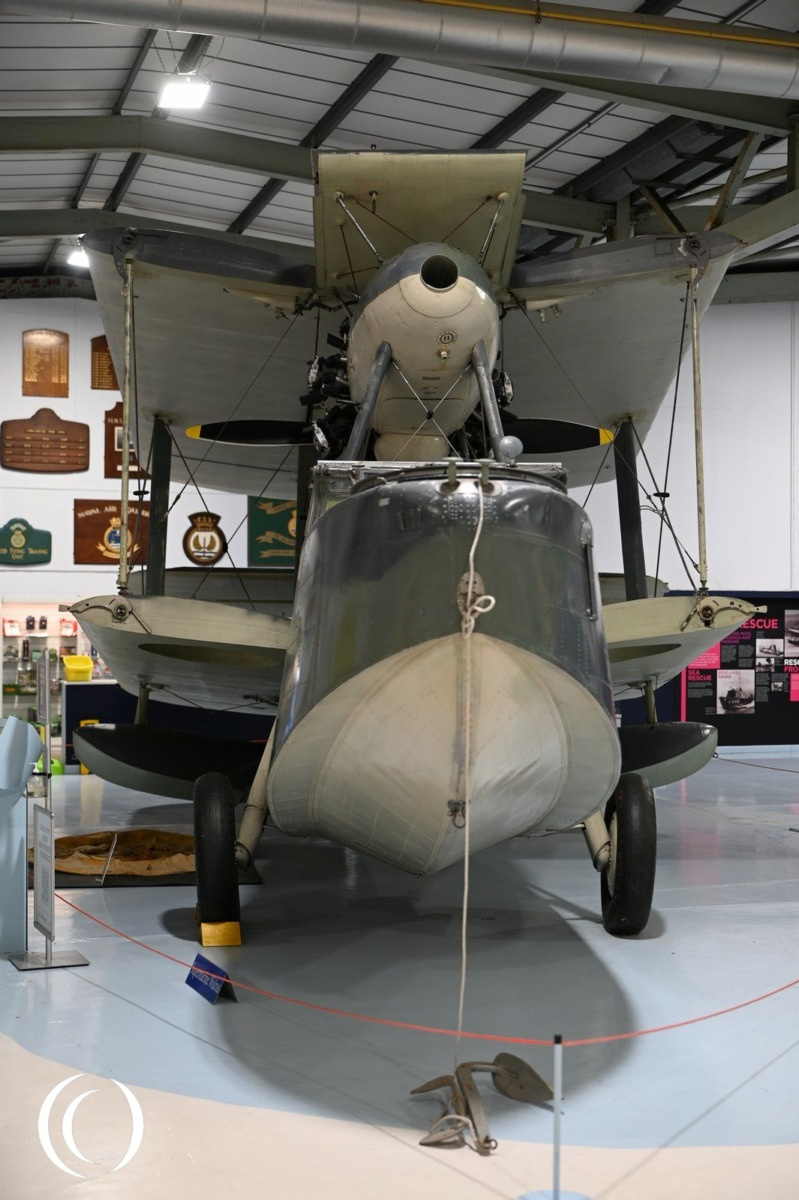
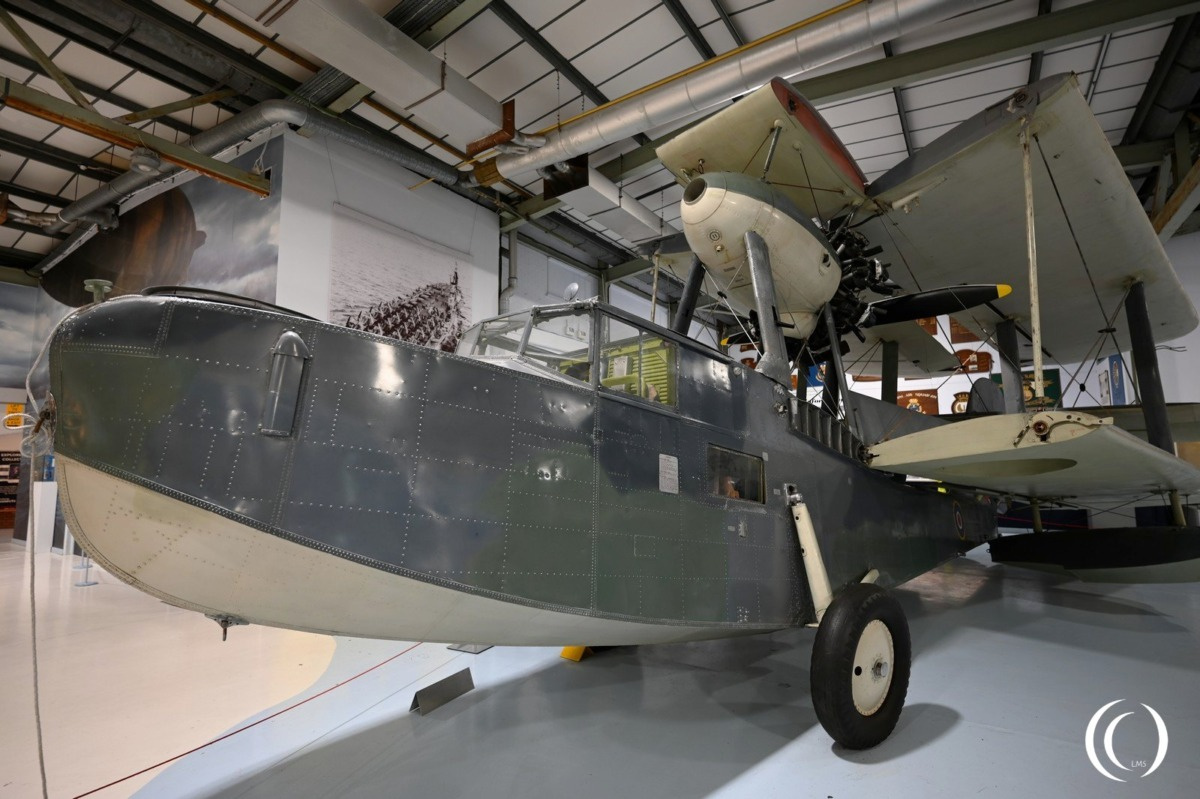
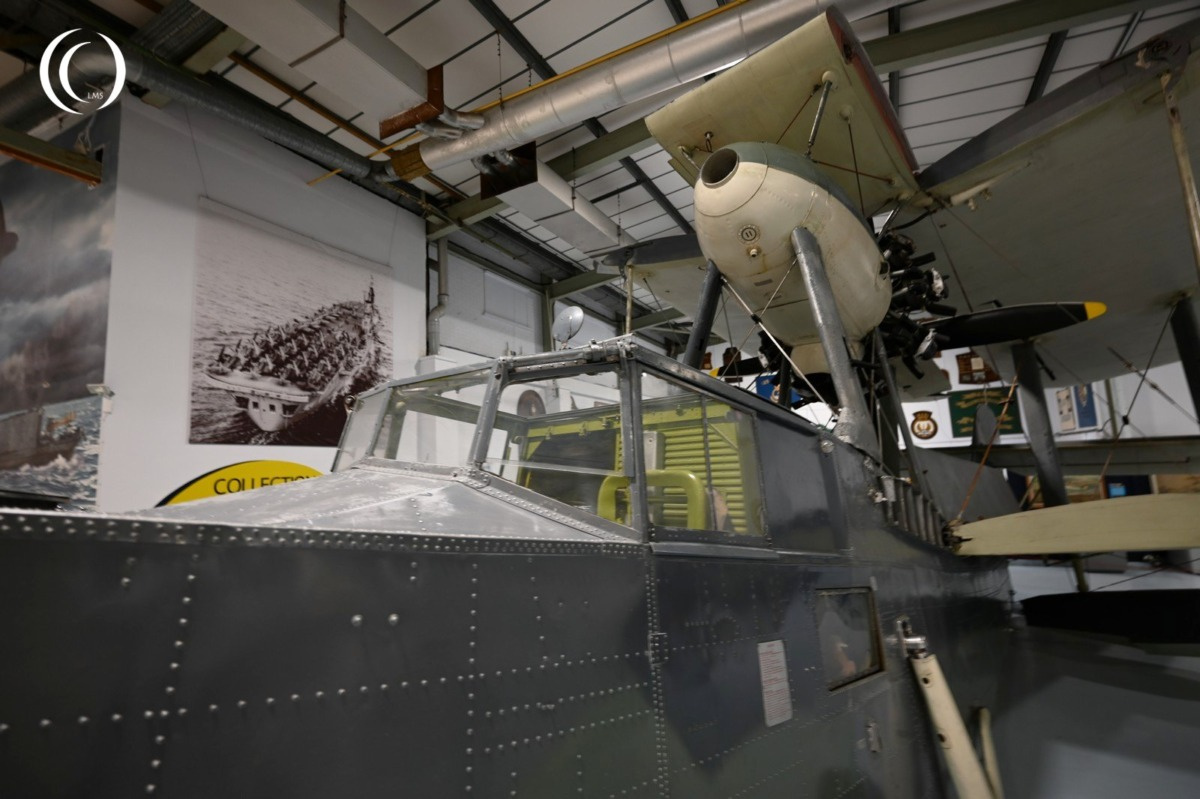
The Supermarine Walrus could operate from land, sea, or ships via catapult launch. It has a boat-like fuselage for water landings with retractable undercarriage. The Bristol Pegasus VI radial engine was set up as a pusher Propeller: This unusual engine placement behind the cockpit reduced spray intake and improved field of fire for gunners. The aircraft had folding wings for compact stowage aboard warships.
The Supermarine Walrus was used for Air-Sea Rescue (ASR) missions (“Dumbo” operations), artillery spotting for Royal Navy battleships and cruisers, reconnaissance and patrol over coastal waters and submarine hunting (limited role with bombs/depth charges).

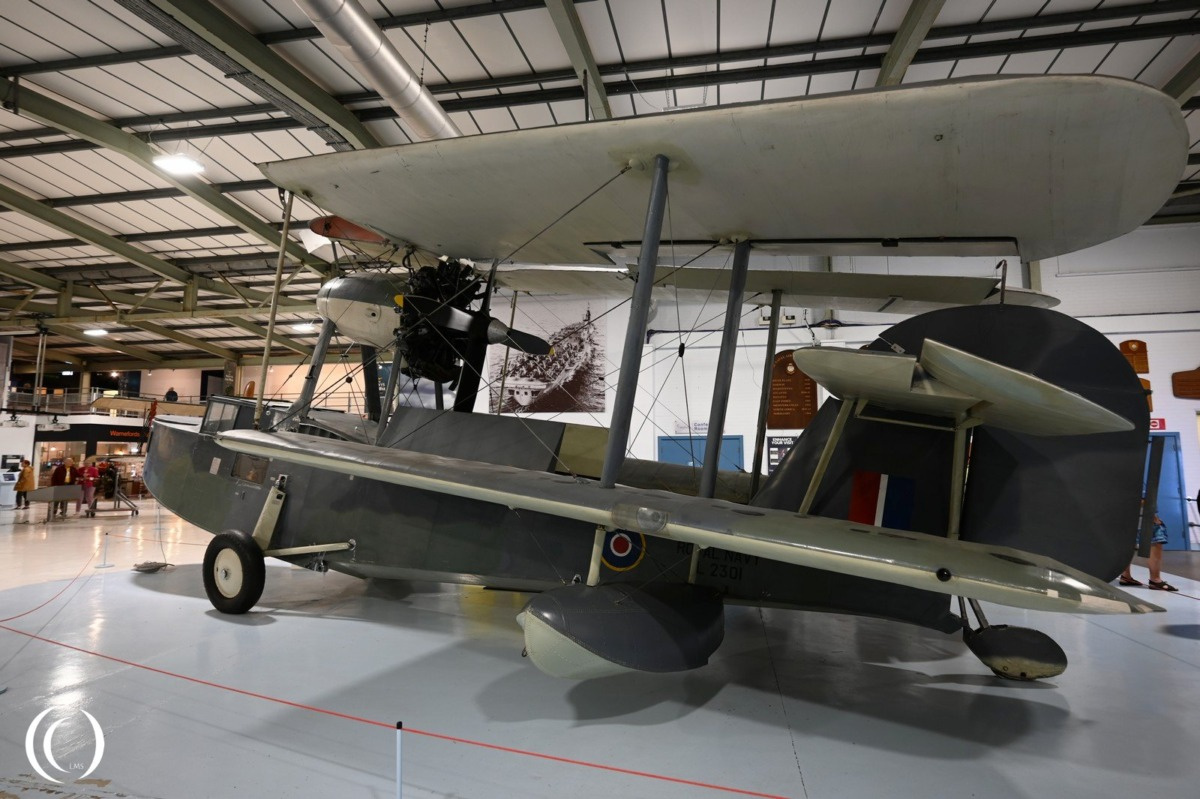
Supermarine Walrus I – L2301
The Supermarine Walrus Mk. I, in the photos, has registration / serial number: L2301 and construction number (c/n): 6S/21840. Although designated Supermarine Walrus I it was initially known as the Seagull V. It was built in 1939 for the Royal Navy based on Specification 37/36, this Walrus was diverted upon completion to the Irish Army Air Corps, receiving the Irish serial N18. On March 3, 1939, during its transfer to Ireland, L2301 was forced to land on water off the Wexford coast due to issues, damaging its wings. The crew completed the journey to Baldonnel by road.
On 9 January 1942, four Irish nationals hijacked this aircraft in an attempt to fly it to Cherbourg to join the Luftwaffe. RAF Spitfires intercepted the plane and escorted it to St. Eval. The airframe and crew were returned under guard to Ireland.
After the Second World war it was sold to Aer Lingus on 2 August 1945, given the civil registration EI-ACC, but evidently never entered service with them. In November 1946, Wing Commander R.G. Kellet of 615 Squadron (RAuxAF) purchased it for use as a squadron hack for £150, registering it as G-AIZG in December of that year. It was used informally for “bathing parties” along the south coast before being retired around 1948 and left in storage. In 1963 it was rediscovered by the Historic Aircraft Preservation Society for just £5 and handed over to the Fleet Air Arm Museum. Restoration was done at RNEC Arbroath, with the aircraft finally arriving at Yeovilton for display in December 1966 where it was restored by the RNEC Arbroath, with the aircraft finally arriving at Yeovilton for display in December 1966. It has been with the Fleet Air Arm Museum, RNAS Yeovilton, England from 1966.
